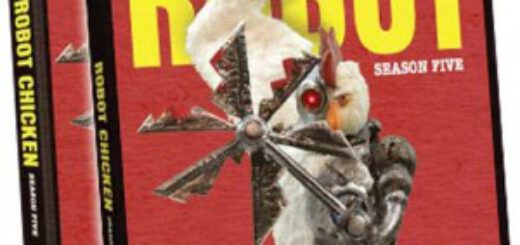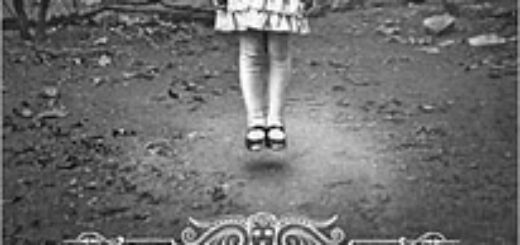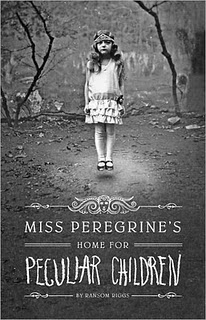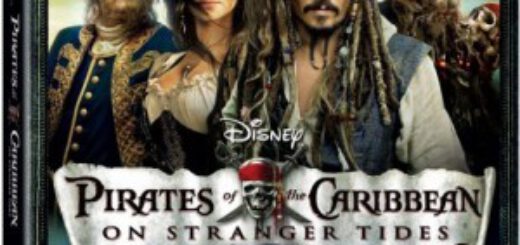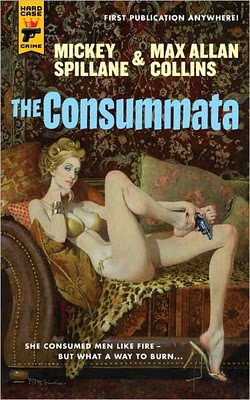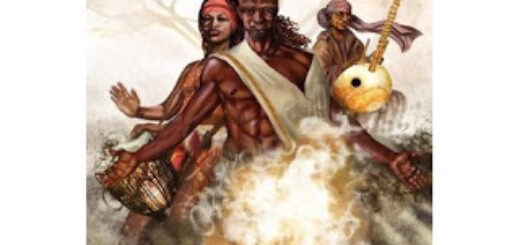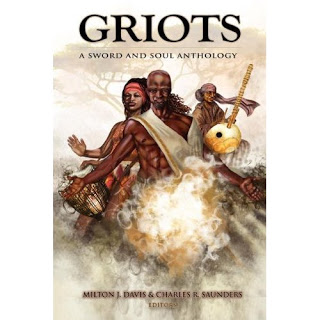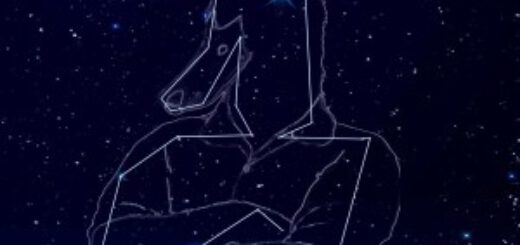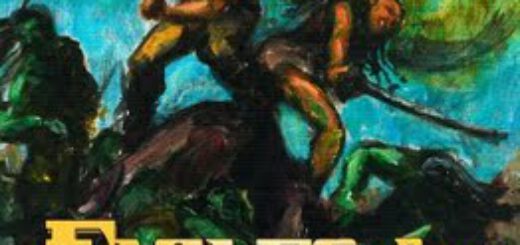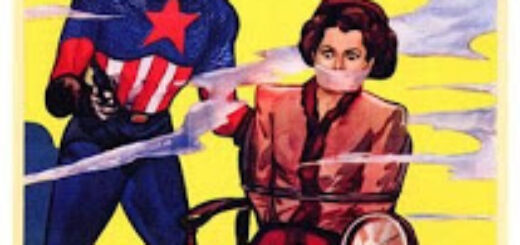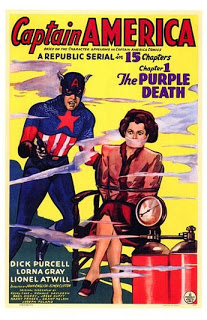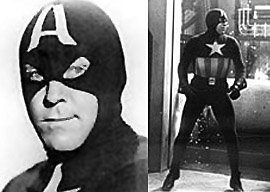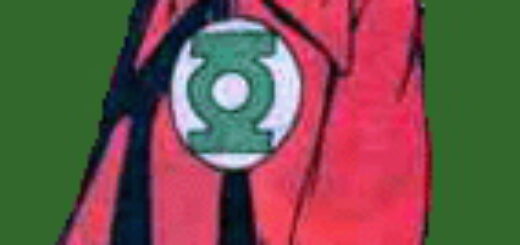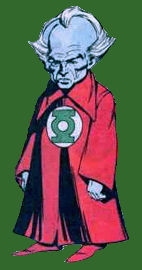· Paperback: 294 pages
· Publisher: MVmedia, LLC (August 7, 2011)
· Language: English
· ISBN-10: 0980084288
· ISBN-13: 978-0980084283
Before we get into the meat-n-potatoes of this review, it’s necessary that Sherman set the Wayback Machine for 1970’s so we can indulge in a brief history lesson for context: Charles R. Saunders is a writer who like most of you reading this review fell in love with the work of Robert E. Howard, the creator of Conan, King Kull and Solomon Kane. REH is credited with being the creator of “sword and sorcery” a sub-genre of epic fantasy. Sword and sorcery concerns itself with stories driven by action, healthy doses of sex and violence and strong supernatural/magical elements.
So in love with sword and sorcery is he that Mr. Saunders sets about writing his own stories. And in doing so he determines to expand the genre by creating a black heroic fantasy character and set his adventures in a mythical Africa just as fabulous and dangerous as Howard’s Hyborian Age. And with his stories of Imaro, Charles Saunders gives birth to what is now known as “sword and soul” which are fantasy stories with an African connection or featuring African characters
I’ve been a fan of Mr. Saunders and his work ever since I was a high school student back in the 70’s and devouring heroic fiction at an appalling rate. And as the Wayback Machine brings us back to the present we can begin this review proper with the good news that sword-and-soul is not only thriving here and now, it is giving voice to a new generation of African American fantasy writers eager to explore the genre and continue to nourish it with their talents.
GRIOTS is an anthology of sword and soul stories co-edited by Mr. Saunders and Milton J. Davis who himself has long carved out his own territory in the genre. The fourteen stories in the book are:
“Captured Beauty” by Milton Davis. It’s a great action story to lead off the book with. It’s a simple plot having to do with rescuing a beautiful damsel in distress from the clutches of a vile villain. But what made this story stand out for me were the characterizations of the protagonist Changa and his employer, the merchant Belay and their relationship.
“Awakening” by Valjeanne Jeffers. It starts out with a little girl who has no desire to spend her adult days sitting around being ladylike and raising squalling brats while the men have all the fun being warriors. The girl, Nandi, grows up and finds out that there’s a supernatural force in her life who also thinks that yeah, her being a warrior is a pretty good idea.
“Lost Son” by Maurice Broaddus is a story I wanted to like a lot more than I do as I like Mr. Broaddus’ style of writing. But the story just seemed to end without resolution or even much of a point.
“In The Wake of Mist” by Kirk A. Johnson is another story I didn’t get. Although I liked the imagery the writer evokes, that’s all the impression the story made on me. A series of wonderfully described images that really didn’t seem to go anywhere or evoke any sort of feeling in me.
“Skin Magic” by Djeli A. Clark kicks the anthology back into action mode with a story that has a healthy heap of horror. The main character is a thief on the run who has living tattoos on his skin that are portals to a nightmarish limbo through which Cthulhuian creatures can emerge into our world. The thief, barely able to control this horrible ability is pursued by the fearsome minions of a consortium of dark magicians who desire this power for their own purposes. As soon as I finished this story, I wanted to read a sequel right away.
“The Demon In The Wall” by Stafford L. Battle is one of my favorite stories in this anthology. Equal parts high adventure and comedy, it’s an entertaining near parody of the genre. The sorceress Makhulu and her grandson, the warrior Zende are characters I’d love to see more of. The banter between them alone is worth reading the story for.
“The Belly of The Crocodile” by Minister Faust is a tale of sibling rivalry. And that’s all I’ll say about it because it’s not a long story and its emotional punch is best served by reading it yourself.
“Changeling” by Carole McDonnell is a story that works just the way it is but if it were twice as long I wouldn’t kick. This is about three sisters destined to marry and become queens of their own kingdoms. But the real prize is their native kingdom only one of them will inherit when their mother dies. It’s got that ‘Once Upon A Time” feeling as it unfolds it’s ultimately sorrowful tale. It’s a story of Shakespearean tragedy that has a lot to say about human nature and the ugly power of jealousy.
“The General’s Daughter” by Anthony Nana Kwamu is a good choice to follow “Changeling” as they have something in common. Both of them have more than their share of action but they also dig deeper into the emotional core of their characters to reveal who these people really are and why we should care about what happens to them. I really liked the emotional resonance I felt in both these stories after I finished them.
“Sekadi’s Koan” by Geoffrey Thorne is another story I immediately wanted a sequel to as soon as I finished reading it. I got a very strong Roger Zelazny vibe in this tale of a gifted martial artist studying her deadly art at a school located…well, I’m not sure where it’s located but I was so entertained I didn’t care. And unlike some other stories where I got the impression that the writers themselves weren’t sure of where their stories were happening, I didn’t get that impression from Mr. Thorne. I got the feeling he knew exactly where and when his story was taking place but is saving that for what I hope will be future stories about Sekadi.
“The Queen, The Demon and The Mercenary” is by Ronald T. Jones and like “The Demon In The Wall” is a story that seems designed for nothing but the reader to have as much fun reading it as I’m sure the writer had writing it. The swaggering warrior Toulou sets out to rescue a suffering kingdom from the demon-wizard terrorizing the people and does it in style. Highly recommended.
“Icewitch” by Rebecca McFarland Kyle proves that you don’t necessarily have to set a sword and soul story in an African setting. This story takes place in a frigid realm where a dark-skinned youth struggles to find acceptance among his mother’s people who are lighter-skinned.
The only real problem I have with Melvin Carter’s “The Leopard Walks Alone” is the ugliness of the names in the story. I tried saying them aloud and I swear I bruised my tongue. I realize it’s a somewhat petty quibble but naming is important in fantasy stories. Difficult and harsh sounding names should be used sparingly.
And The Master himself, Charles Saunders finishes up the anthology with a tale of Imaro: “The Three Faced One” If you’ve never read an Imaro story or anything by Charles Saunders, this is an excellent introduction to both.
GRIOTS also boasts fourteen interior black and white illustrations by fourteen separate artists as well as biographical information about the writers and artists and introductory essays by the editors. The cover by Natiq Jalil is simply wonderful to look at.
So should you read GRIOTS? Absolutely. True, a few of the stories didn’t turn my crank but most of them did. If you’re a sword and sorcery fan looking for some heroic fantasy that takes place in realms other than the Medieval or ancient settings most sword-and-sorcery stories take place in then you most certainly should check this anthology out.
 As is the new habit in basic cable, the Cartoon Network split the current season of its hilarious Robot Chicken into two halves, airing the first part of the fifth season late last year and then, a few weeks ago kicking off the second season. Where they didn’t follow the script was releasing Robot Chicken Season 5 on DVD just days after the second half debuted October 23.
As is the new habit in basic cable, the Cartoon Network split the current season of its hilarious Robot Chicken into two halves, airing the first part of the fifth season late last year and then, a few weeks ago kicking off the second season. Where they didn’t follow the script was releasing Robot Chicken Season 5 on DVD just days after the second half debuted October 23.
